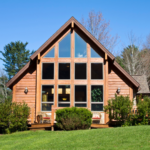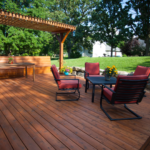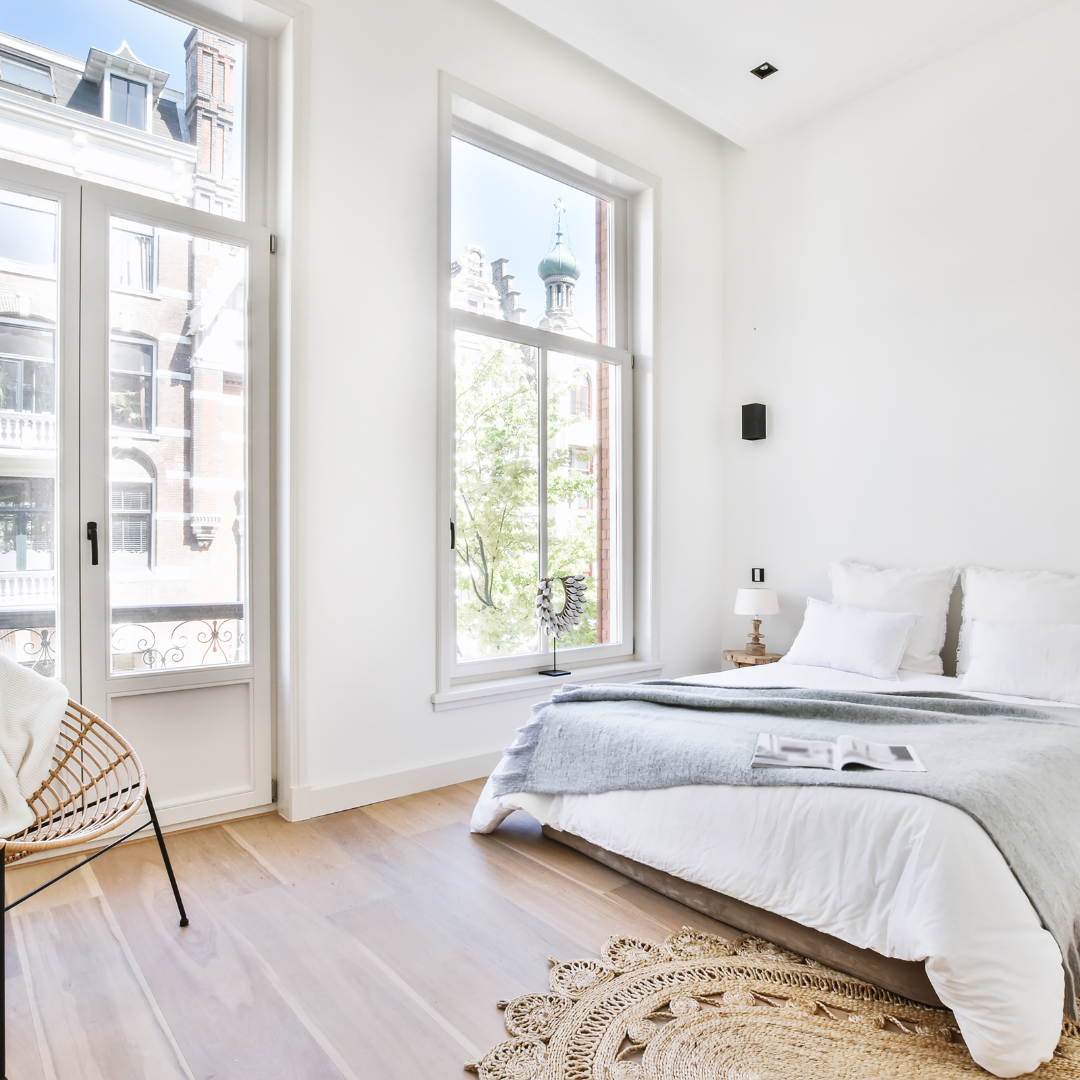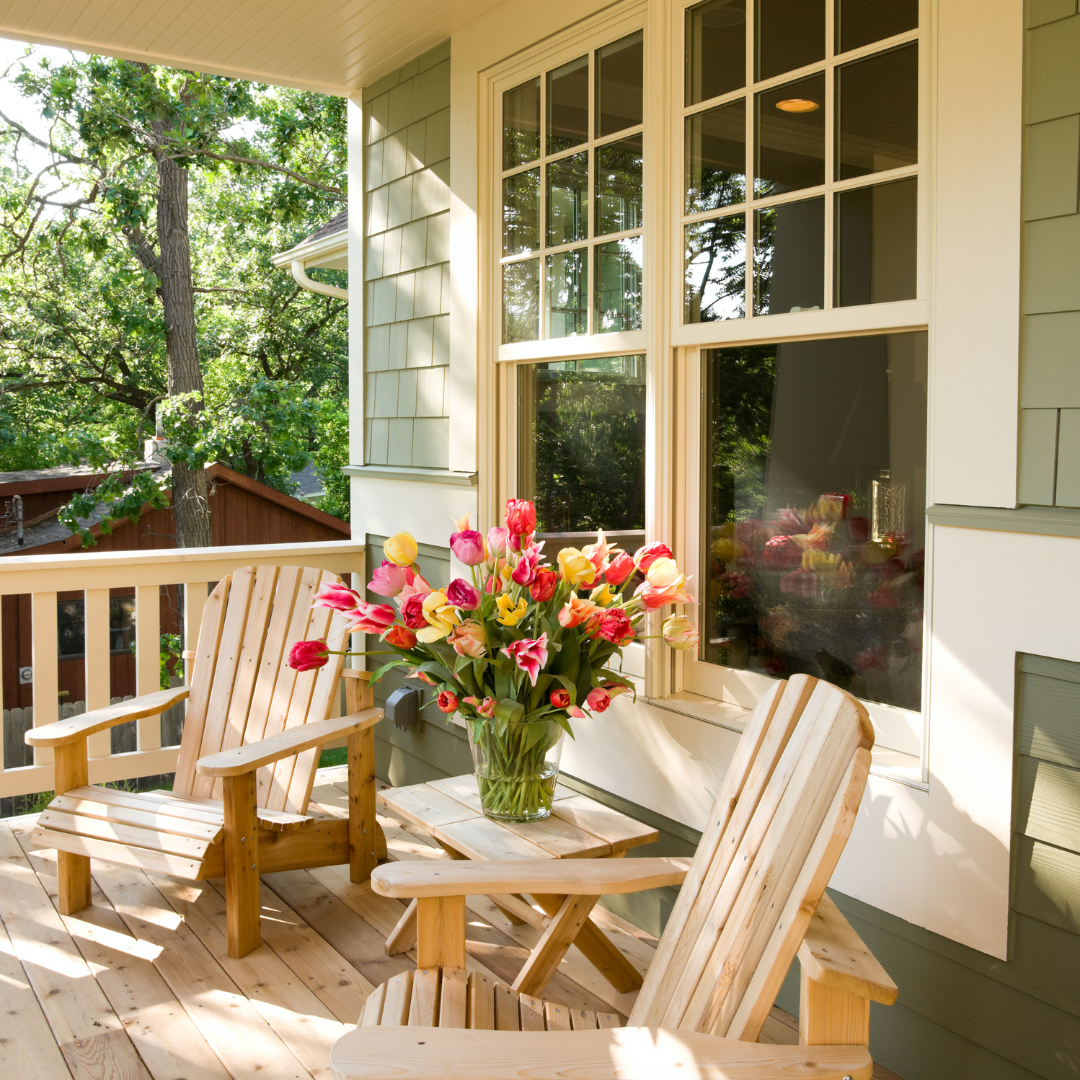Calling All Homeowners
Here’s What To Do With A Windowless Room
A windowless room. Bare walls. Cold interiors.
The thought is enough to send a shiver down your spine. For homeowners, the mortal sin is to create an environment that isn’t warm and cozy. As a rule, you need windows because they incorporate light perfectly. So, a windowless room is hard to optimize and may be your least favorite space in your home.
Still, there’s no need to panic and treat it as if it’s a leper. Yes, turning it into a welcoming area is challenging, but it isn’t impossible. There are several ways to bring the feel and style from the rest of your home to a windowless space. Missing the natural light and openness should be the push you need to tackle the problem head-on.
Whether you’re going to make a tweak or a significant change, you have lots of options at your disposal. Here are five of them for your information.
#1: Simulate Windows
Have you ever heard the phrase “fake it until you make it”? In this case, it’s all about bending the rules of interior design to your will. Faux windows may not sound familiar, but you’ve come across them before – they’re called mirrors. Yes, a humble piece of glass is an excellent way to simulate the effect of a window.
The way a mirror reflects what light is in the room means that it provides an optical illusion. Suddenly, because the sun’s rays are everywhere, the room appears brighter and airier. The effect also has the bonus of making small spaces look bigger, which is great if you’re home is on the short side.
Size matters with mirrors, so it’s essential to consider the ceiling. A low roof requires a large mirror to distract from the ceiling line. The opposite is true of high ceilings which means you can use more mirrors to enhance the effect.
#2: Add Doors
Just because the room is windowless doesn’t mean it has to be doorless, too. And, if it has doors, you may need to change them so that they don’t block the light from the surrounding spaces. According to Mr. Rogers, French doors are perfect for letting warm light shine through because they incorporate glass and swing inwards.
The fact that they are flexible means you can use French doors in a variety of ways. Opening them, for example, will instantly transform the room by adding a sense of fluidity. However, keep them closed and light should stream through the large glass windows. All you need to do is ensure you don’t block them with furniture or accessories. You can also use ambient lighting to your advantage.
Ambient light fixtures from outside will flood into the room, but inside ones will reflect off the glass of the French doors. The result? It will appear as if your windowless room is continuously swathed in the sunshine.
#3: Paint The Walls And Ceiling The Same Color
To make use of the light, you could be tempted to paint the walls and ceiling in different shades. By doing this, you can have two bright light sources. Although it does make sense, it’s also a bad move. The reason is straightforward: the different hues make the room’s lines sharper. As a result, the edges become the focal points.
The last thing you want to do is draw attention to the fact that there aren’t any windows in the space. Therefore, it’s better to make the area where the walls and ceiling meet less conspicuous by painting it the same color. If you don’t know which one to choose, remember that you can never go wrong with a shade of white in a windowless room.
It’s basic, but the light nature of this hue helps it to reflect light more effectively. A pale shade of blue also works if you are desperate to avoid vanilla interiors.
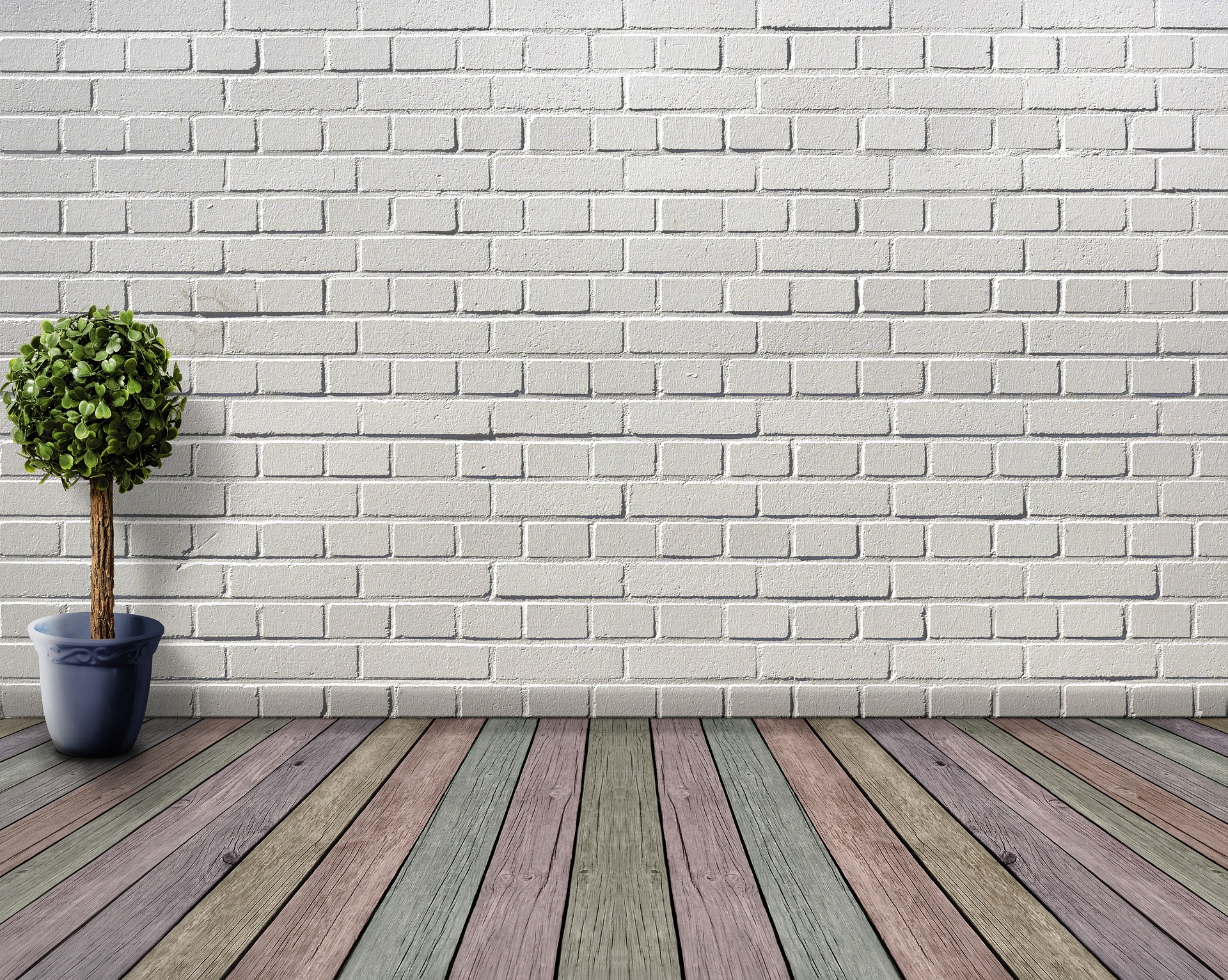
#4: Hide Light Fixtures
Light fixtures are always going to play a significant role in decorating or renovating a windowless room. They may not be a source of light, yet they mimic it perfectly. The problem you want to avoid is tackiness. Adding too many fittings and fixtures can give the impression you’re trying too hard. Or, they will cause the room to appear cluttered and messy, which is the worst possible result.
With that in mind, it’s essential to hide ambient lighting so that it doesn’t stand out. Of course, you still need the rays to shine through, or else there is no effect. A fantastic place to start is the ceiling. Spotlights are popular because they use hard-to-reach space without losing their effectiveness. A mere turn of a dial will enable you to control how much light you want in the room at a given time.
Placing them between beams or behind bookcases is another excellent option. When you do this, the light appears more natural as it is an indirect glow. This is the type of light that comes in from a nearby window.
#5: Use Interior Windows
No, they don’t mirror this time. An interior window is a window that you add to the structure of a room. They aren’t traditional windows that separate the outside from the inside of your home, yet they are useful. Why? It’s because they break up parts of the room that block what little light there is from hitting the corners of the space.
A transom is a brilliant place to begin. According to the Study, the definition of a transom is: “the horizontal structural beam that crosses over a door, and which specifically separates the door frame from a window directly above it.” It’s probably a piece of architecture you haven’t heard about or bothered with before, but it may be the answer to your windowless prayers.
All you have to do is find the transom line and place windows above it. The material can be transparent or translucent – it doesn’t matter as long as it isn’t opaque.
What are your windowless room go-to’s? How do you ensure it’s bright and airy?





